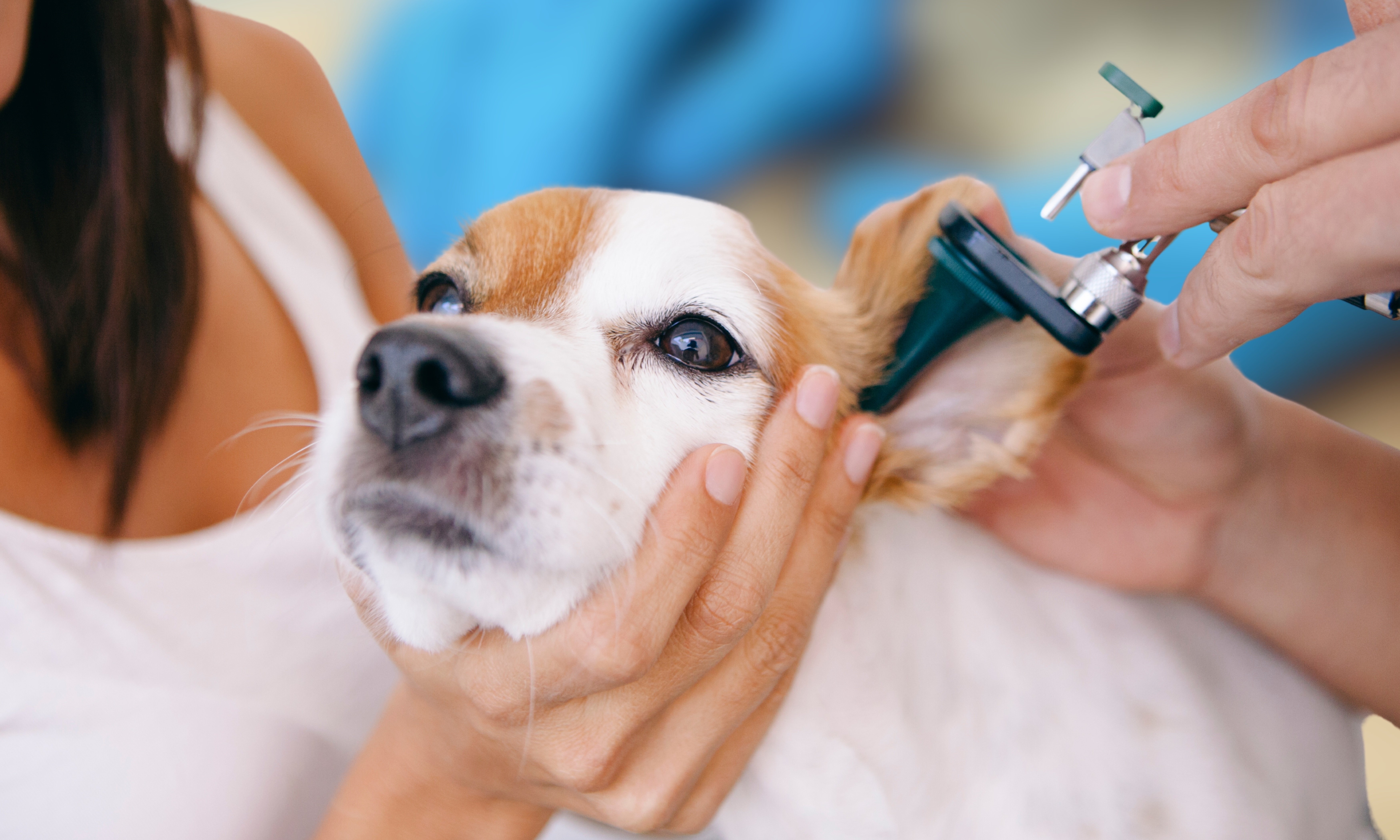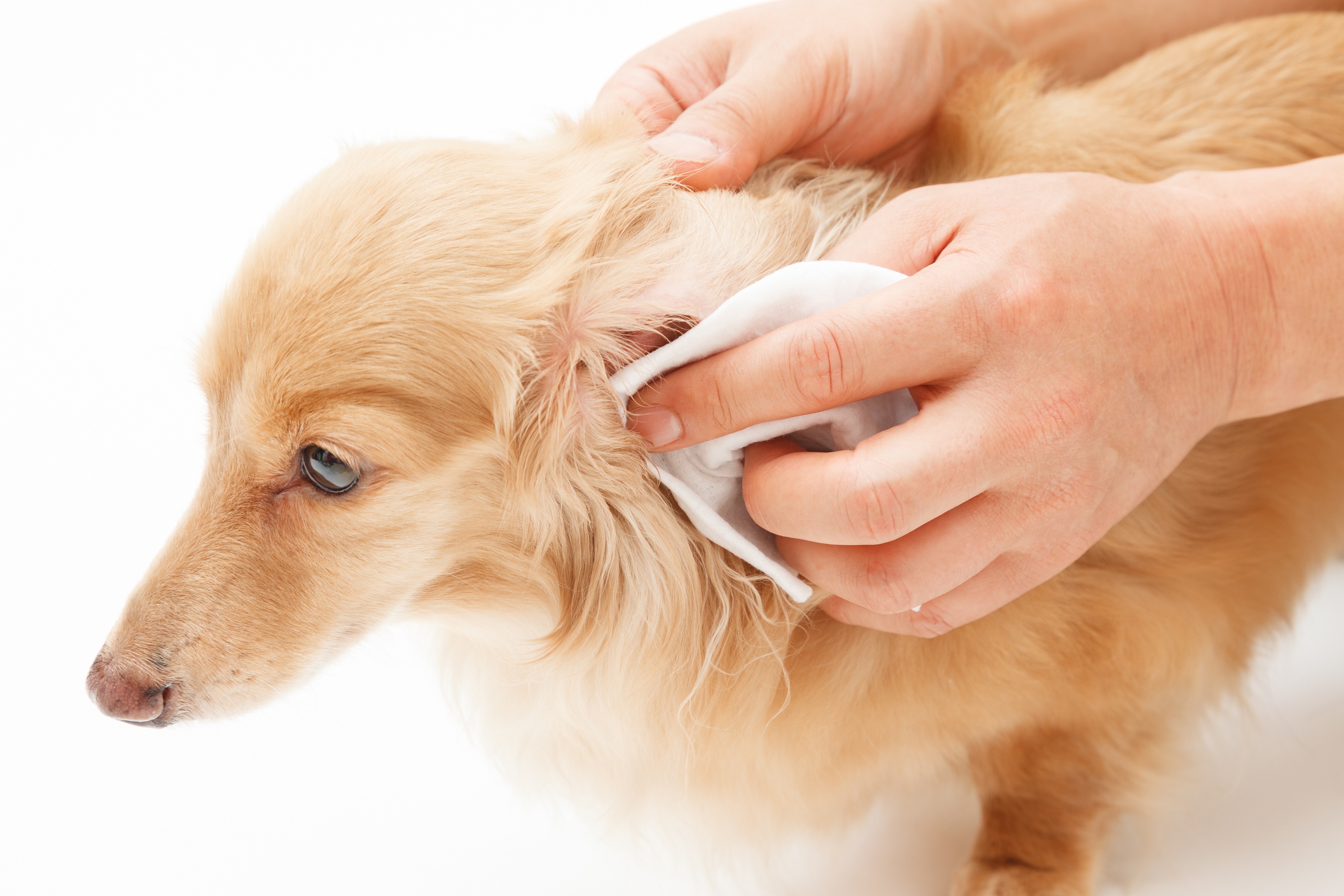
Pre-treatment Otitis in Companion Animals
While there are numerous excellent options of topical therapies that will tackle otitis externa at its core, it is essential to clean and prepare the ear so they can act efficiently.
Successful otitis externa treatment starts with proper ear preparation to ensure that topical therapies reach their target and work effectively. Pre-treatment cleaning is essential to remove cerumen, debris, biofilm, and infectious material, allowing antimicrobial, antifungal, and anti-inflammatory treatments to penetrate deeper into the ear canal. Without this step, excess wax and debris can block medication absorption, leading to incomplete treatment and recurrent infections.
Why is Pre-Treatment Necessary?
- Medication Penetration: Accumulated cerumen and debris can obstruct the ear canal, impeding the absorption of therapeutic agents. Pre-treatment cleaning ensures that medications reach their intended targets within the ear canal.
- Reduction of Microbial Load: Cleaning diminishes the population of pathogenic microorganisms, which is essential for resolving infections and reducing the reliance on systemic antibiotics.
- Disruption of Biofilms: Certain pathogens, such as Pseudomonas species, can form biofilms that protect them from antimicrobial agents. Pre-treatment cleaning helps in disrupting these biofilms, rendering the pathogens more susceptible to treatment.
Impact on Antibiotic Resistance
The overuse of systemic antibiotics in otitis cases, especially when biofilms are present, has been linked to increased resistance in common veterinary pathogens such as Pseudomonas aeruginosa, Staphylococcus pseudintermedius, and Escherichia coli (Weese et al., 2019). Studies show that pre-treatment with ceruminolytics and biofilm-disrupting agents enhances the effectiveness of topical antibiotics, reducing the need for systemic treatments and minimizing resistance risks (Goggs et al., 2018).
By incorporating evidence-based pre-treatment protocols, veterinarians can significantly improve treatment success rates, prevent recurring infections, and contribute to antibiotic stewardship in veterinary medicine.
Pre-Treatment Protocol
- Conduct a thorough otoscopic examination and cytology to identify the presence of bacteria, yeast, inflammatory cells, or parasites.
- Use an ear cleaner to reduce debris, bacterial load, and yeast populations, preparing the ear for further treatment.
- Apply a biofilm disruptor to break down biofilms, ensuring medications can reach bacteria hidden in Pseudomonas and Staphylococcus biofilms.
- After cleaning, apply the relevant medication if applicable.
